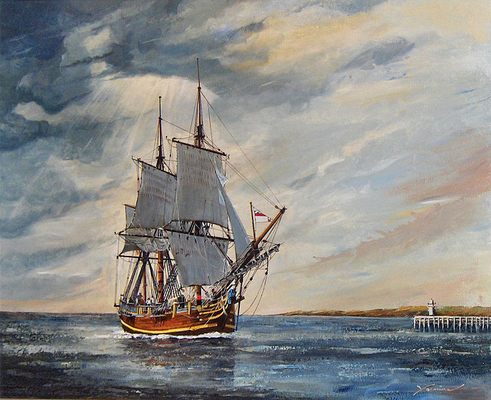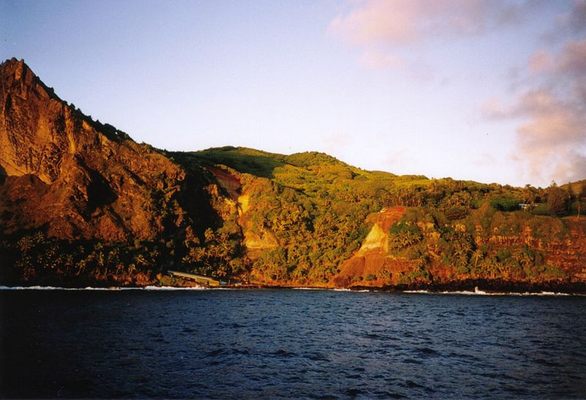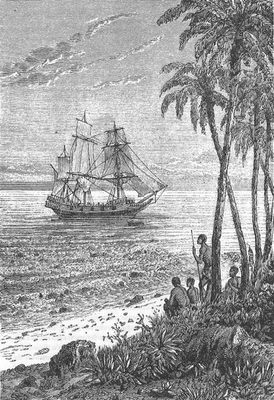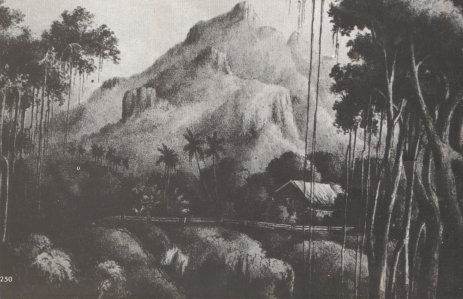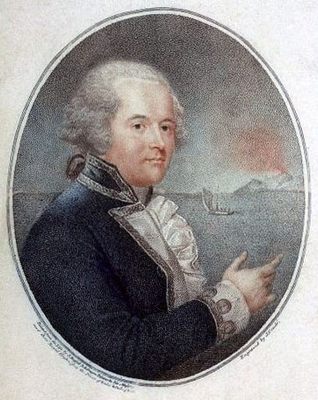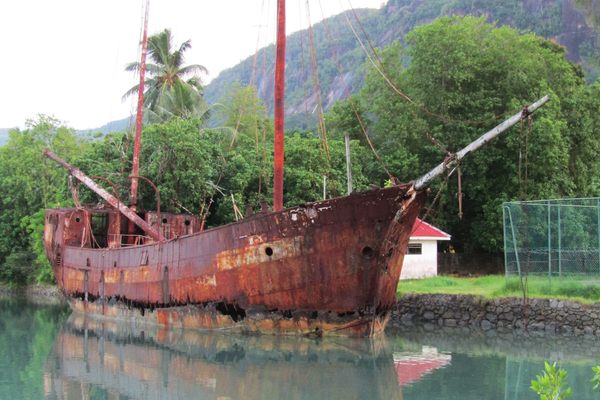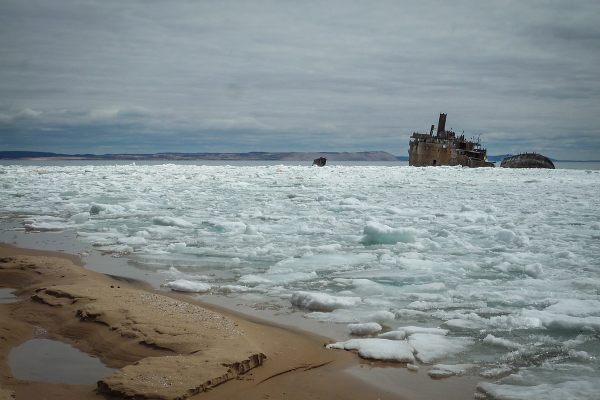About
“I am now unhappily to relate one of the most atrocious acts of Piracy ever committed... Christian... then said—‘Come captain Bligh, your officers and men are now in the boat, and you must go with them; if you attempt to make the least resistance you will instantly be put to death:’ and without any further ceremony, holding me by the cord that tied my hands, with a tribe of armed ruffians about me, I was forced over the side... A few pieces of pork were now thrown to us, and some cloaths, also... cutlasses... We were at length cast adrift in the open ocean.”
-Captain William Bligh
In April of 1789, Captain William Bligh lost control of his ship in one of the most famous mutinies in history. The men of HMS Bounty, sent from England in search of breadfruit two years earlier, were tired, they were sick of Bligh's tough command style, and mostly, they really, really wanted to go back to Tahiti.
18 men overpowered the captain, threatened his life, and set him adrift on a small boat with 18 loyal men. There began one of the most extraordinary stories of seafaring endurance and survival, in which Bligh and his men, powered perhaps by a desire for righteous revenge, navigated 3,618 nautical miles over 47 days and arrived in Timor to report the mutiny. Only one man did not make it - a sailor by the name of John Norton was stoned to death by natives during an unsuccessful attempt to make landfall for provisions on the remote Tofua Island.
Meanwhile, the mutineers set out to establish their life of ease on Tubuai, Tahiti, and Pitcairn Islands with their new native wives. In fear of detection, after settling on Pitcairn Island, the mutineers burned the Bounty in the water, effectively trapping themselves in their new island paradise.
What followed was anything but an idyllic life. The men fought and squabbled and succumbed to disease, they committed suicide, and they killed each other in cold blood. Eighteen years later, when Pitcairn and the mutineers were discovered by the ship Topaz, only one of the men was still alive.
In 1957, photographer and explorer Luis Marden made the extraordinary discovery of the remains of the Bounty, still visible in shallow water off the shores of Pitcairn, more or less undisturbed for a century and a half. Although some artifacts from the wreck were removed, there are still remains that can be seen by divers willing to risk the dangerous swells of the bay. Other artifacts are on display at the community hall on Pitcairn.
Elsewhere, you can pay your respects to Captain Bligh in London, where his tomb is topped with a carving of breadfruit.
Related Tags
Published
July 10, 2013
Sources
- http://ngm.nationalgeographic.com/1957/12/pitcairn-island/marden-text
- http://en.wikipedia.org/wiki/Pitcairn_Islands
- http://ngm.nationalgeographic.com/1957/12/pitcairn-island/marden-photography
- http://en.wikipedia.org/wiki/Luis_Marden
- http://en.wikipedia.org/wiki/Mutiny_on_the_Bounty
- https://tools.wmflabs.org/geohack/geohack.php?pagename=HMS_Bounty¶ms=25_4_7.26_S_130_5_42.52_W_
- https://www.atlasobscura.com/places/captain-blighs-grave
